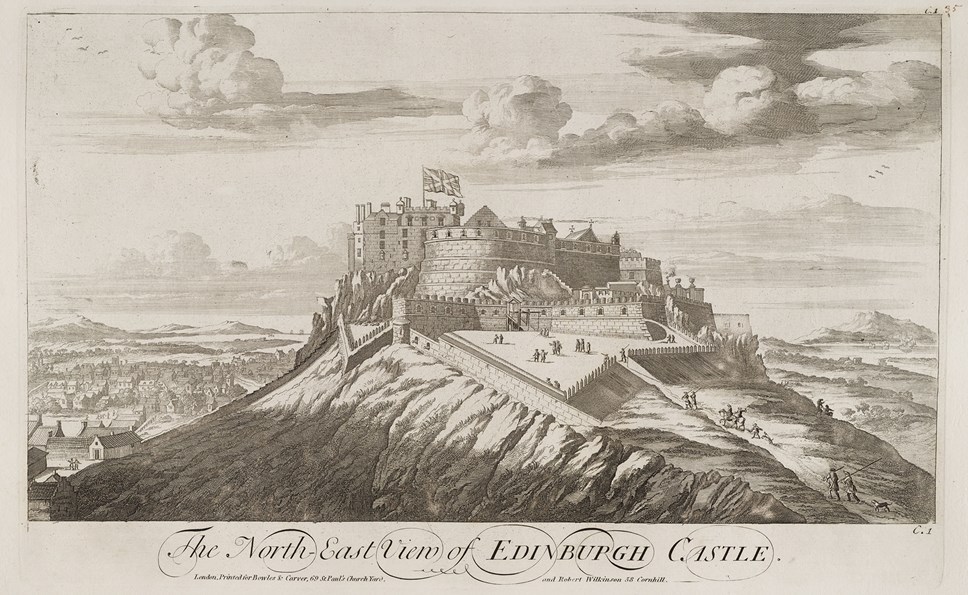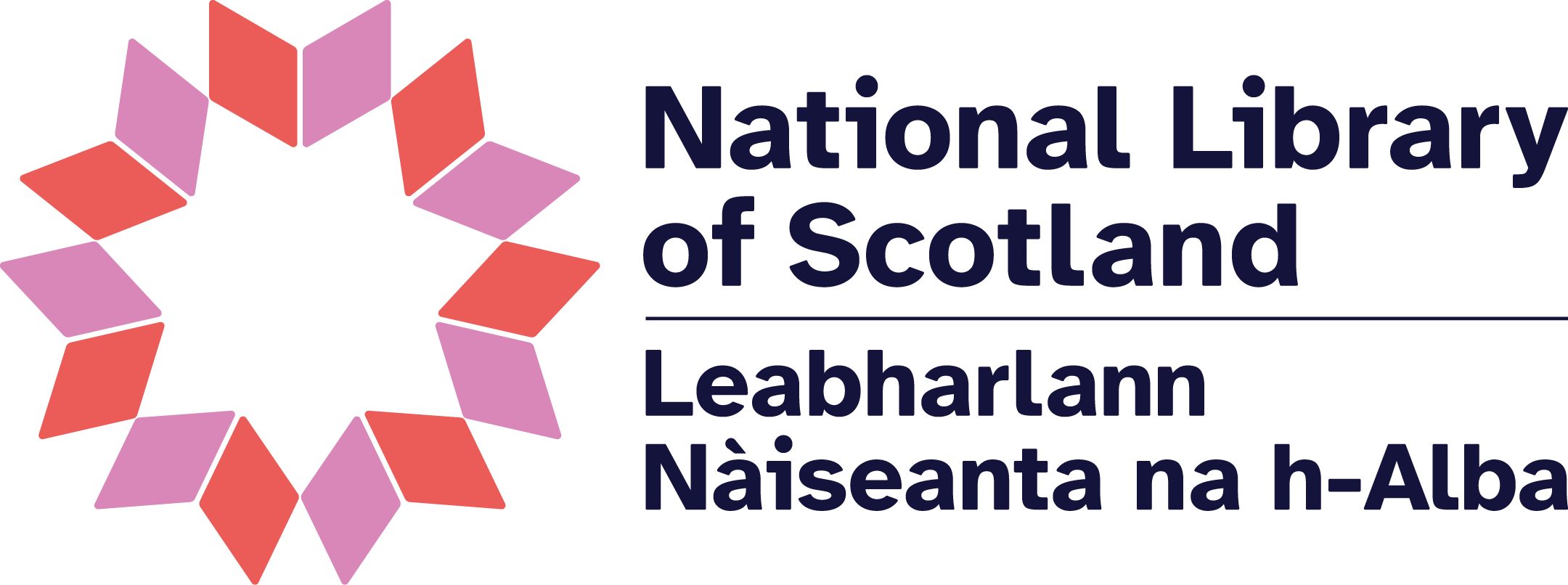
Photo competition aims to capture scenes of Scotland through eyes of 17th century pioneer
Photographers of today are being asked to step into the shoes of a 17th century pioneer who compiled the first ever pictorial survey of Scotland.
John Slezer was a military engineer who produced a series of detailed engravings showing what important Scottish towns and buildings looked like over 300 years ago.
The National Library of Scotland is marking the 300th anniversary of his death by organising a competition that asks photographers to show 21st century Scotland from the same locations used by Slezer.
The challenge for photographers is to show as similar view as possible to that rercorded by Slezer in his Theatrum Scotiae which was published in 1693. More than 70 of his engravings, covering places from Inverness to Ayr, are featured on the Library’s website to provide a starting point for interested photographers.
Chris Fleet, map curator at the National Library, said: “We are well aware that the exact viewpoints used by Slezer may have been built on and no longer accessible and that the perspectives in his engravings were not always entirely accurate. All that we ask is that the scene is recognisable to some extent when compared with Slezer's view.”
Some of the more popular options may be famous buildings captured by Slezer including Linlithgow Palace, Dunblane Cathedral and Stirling and Edinburgh castles.
Details of the competition and how to enter can be found on the Library’s website at www.nls.uk/photo-competition
Entries are open from July 13 until October 13. A maximum of six images per person can be entered which may be all of the same place or a mixture of different places.
More images available on request.
Contact Information
Notes to editors
About the National Library of Scotland
The National Library of Scotland is a major European research library and one of the world’s leading centres for the study of Scotland and the Scots - an information treasure trove for Scotland’s knowledge, history and culture. The Library’s collections are of world-class importance. Key areas include digital material, rare books, manuscripts, maps, music, moving images, official publications, business information, science and technology, and modern and foreign collections. The Library holds more than 26 million physical items dating back over 1000 years in addition to a growing library of e-books, e-journals and other digital material. The collection includes over four million books, eight million manuscripts, two million maps and over 45,000 films and videos. Every week the Library collects around 4,000 new items. Most of these are received free of charge in terms of Legal Deposit legislation. Further information is available at www.nls.uk
